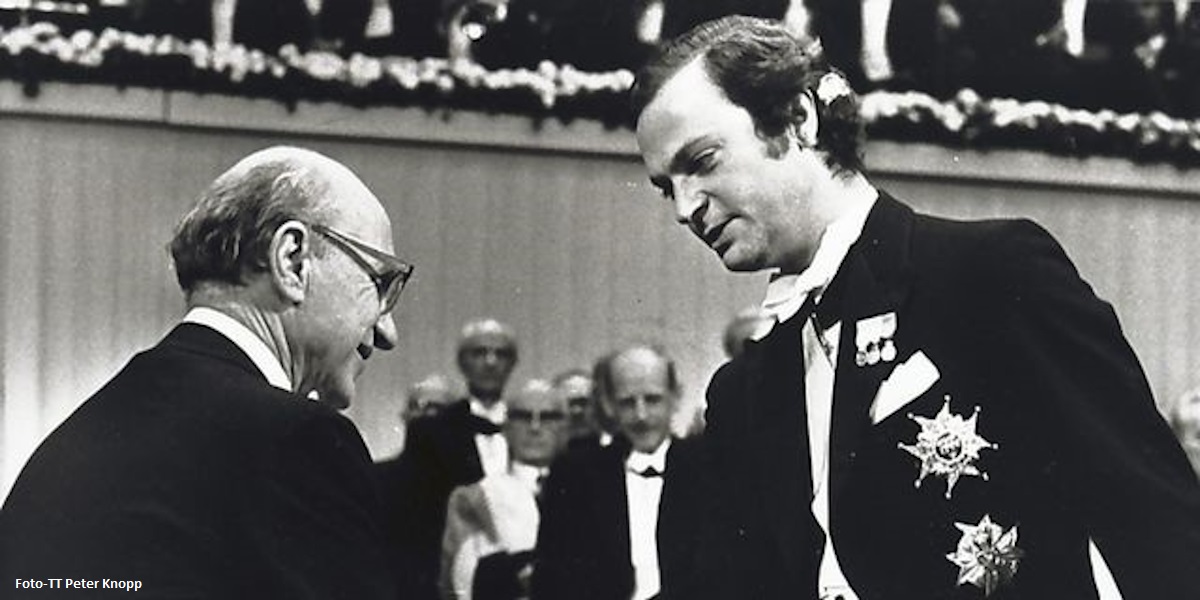This new book explores the history of how banks and banking services have become part of everyday life. Taking welfare state Sweden as its setting, the book identifies key cultural challenges and shows how banks and finance companies made inroads into the workplace, the family, spaces of consumption and the world of social movements while also taking on tasks typically associated with state authorities. Focusing on this ‘bankification of everyday life’ reveals the historical links between the post-war welfare state and the financialised everyday culture of the late twentieth century.
Developing an absent theme
